

النبات

مواضيع عامة في علم النبات

الجذور - السيقان - الأوراق

النباتات الوعائية واللاوعائية

البذور (مغطاة البذور - عاريات البذور)

الطحالب

النباتات الطبية


الحيوان

مواضيع عامة في علم الحيوان

علم التشريح

التنوع الإحيائي

البايلوجيا الخلوية


الأحياء المجهرية

البكتيريا

الفطريات

الطفيليات

الفايروسات


علم الأمراض

الاورام

الامراض الوراثية

الامراض المناعية

الامراض المدارية

اضطرابات الدورة الدموية

مواضيع عامة في علم الامراض

الحشرات


التقانة الإحيائية

مواضيع عامة في التقانة الإحيائية


التقنية الحيوية المكروبية

التقنية الحيوية والميكروبات

الفعاليات الحيوية

وراثة الاحياء المجهرية

تصنيف الاحياء المجهرية

الاحياء المجهرية في الطبيعة

أيض الاجهاد

التقنية الحيوية والبيئة

التقنية الحيوية والطب

التقنية الحيوية والزراعة

التقنية الحيوية والصناعة

التقنية الحيوية والطاقة

البحار والطحالب الصغيرة

عزل البروتين

هندسة الجينات


التقنية الحياتية النانوية

مفاهيم التقنية الحيوية النانوية

التراكيب النانوية والمجاهر المستخدمة في رؤيتها

تصنيع وتخليق المواد النانوية

تطبيقات التقنية النانوية والحيوية النانوية

الرقائق والمتحسسات الحيوية

المصفوفات المجهرية وحاسوب الدنا

اللقاحات

البيئة والتلوث


علم الأجنة

اعضاء التكاثر وتشكل الاعراس

الاخصاب

التشطر

العصيبة وتشكل الجسيدات

تشكل اللواحق الجنينية

تكون المعيدة وظهور الطبقات الجنينية

مقدمة لعلم الاجنة


الأحياء الجزيئي

مواضيع عامة في الاحياء الجزيئي


علم وظائف الأعضاء


الغدد

مواضيع عامة في الغدد

الغدد الصم و هرموناتها

الجسم تحت السريري

الغدة النخامية

الغدة الكظرية

الغدة التناسلية

الغدة الدرقية والجار الدرقية

الغدة البنكرياسية

الغدة الصنوبرية

مواضيع عامة في علم وظائف الاعضاء

الخلية الحيوانية

الجهاز العصبي

أعضاء الحس

الجهاز العضلي

السوائل الجسمية

الجهاز الدوري والليمف

الجهاز التنفسي

الجهاز الهضمي

الجهاز البولي


المضادات الميكروبية

مواضيع عامة في المضادات الميكروبية

مضادات البكتيريا

مضادات الفطريات

مضادات الطفيليات

مضادات الفايروسات

علم الخلية

الوراثة

الأحياء العامة

المناعة

التحليلات المرضية

الكيمياء الحيوية

مواضيع متنوعة أخرى

الانزيمات
Taxonomy and Overview of Human Pathogenic Bacteria
المؤلف:
Fritz H. Kayser
المصدر:
Medical Microbiology -2005
الجزء والصفحة:
2-3-2016
3732
Taxonomy and Overview of Human Pathogenic Bacteria
Introduction
Taxonomy includes the two disciplines of classification and nomenclature. The bacteria are classified in a hierarchic system based on phenotypic characteristics (morphological, physiological, and chemical characteristics). The basic unit is the species. Similar and related species are classified in a single genus and related genera are placed in a single family. Classification in yet higher taxa often takes practical considerations into account, e.g., division into “descriptive sections.” A species is designated by two Latin names, the first of which denotes the genus, both together characterizing the species. Family names end in -aceae. Table 3.9 provides an overview of human pathogenic bacteria.
Classification
Bacteria are grouped in the domain bacteria to separate them from the domains archaea and eucarya . Within their domain, bacteria are further broken down into taxonomic groups (taxa) based on relationships best elucidated by knowledge of the evolutionary facts. However, little is known about the phylogenetic relationships of bacteria, so their classification is often based on similarities among phenotypic characteristics (phenetic relationships). These characteristics are morphological, physiological (metabolic), or chemical in nature. The role of chemical characteristics in classification is growing in importance, for instance, murein composition or the presence of certain fatty acids in the cell wall. DNA and RNA structure is highly important in classification. DNA composition can be roughly estimated by determining the proportions of the bases: mol/l of guanine + cytosine (GC). The GC content (in mol%) of human pathogenic bacteria ranges from 25% to 70%. Measurement of how much heterologous duplex DNA is formed, or of RNA-DNA hybrids, provides information
on the similarity of different bacteria and thus about their degree of relationship. Another highly useful factor in determining phylogenetic relationship is the sequence analysis of the (16S/23S) rRNA or (16S/23S) rDNA. This genetic material contains highly conserved sequences found in all bacteria alongside sequences characteristic of the different taxa.
In formal terms, the prokaryotes are classified in phyla, classes, orders, families, genera, and species, plus subtaxa if any:
Family (familia) Enterobacteriaceae
Genus Escherichia
Species E. coli
Var(iety) or type Serovar O157:H7
Strain xyz
Taxonomic classification is based on the concept of the species. Especially in an epidemiological setting, we often need to subclassify a species in vars or (syn.) types, in which cultures of a species that share certain characteristics are grouped together. Examples: biovar, phagovar, pathovar, morphovar, serovar (also biotype, phagotype, etc.). Use of the term strain varies somewhat: in clinical bacteriology it often designates the first culture of a species isolated from an infected patient. In an epidemiological context, isolates of the same species obtained from different patients are considered to belong to the same epidemic strain.
There is no official, internationally recognized classification of bacteria.
The higher taxa therefore often reflect practical considerations.
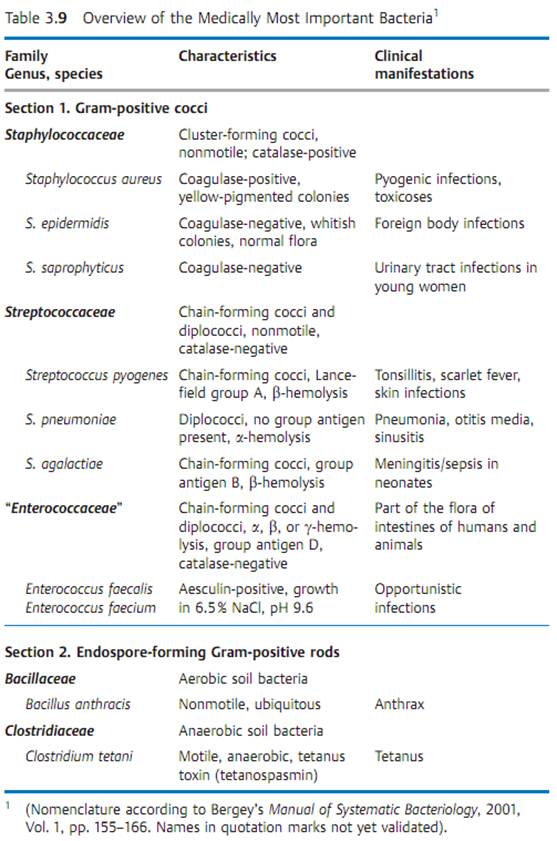
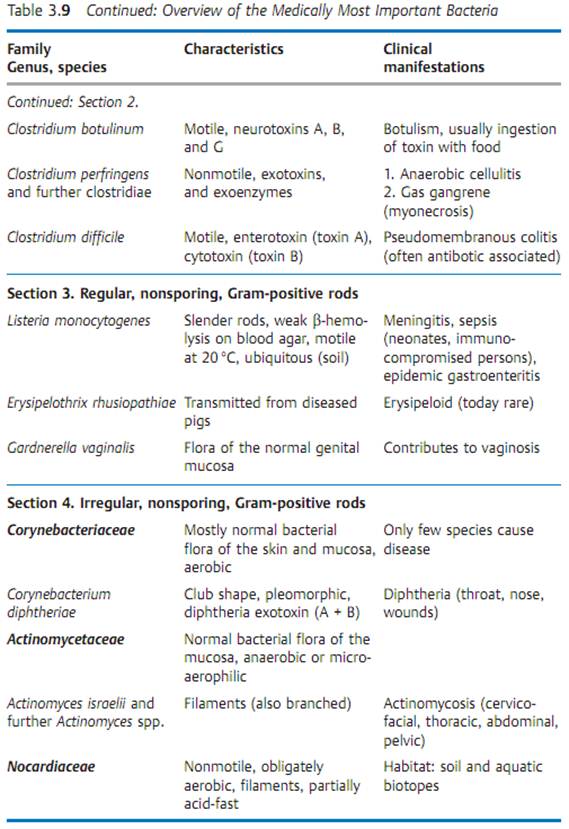
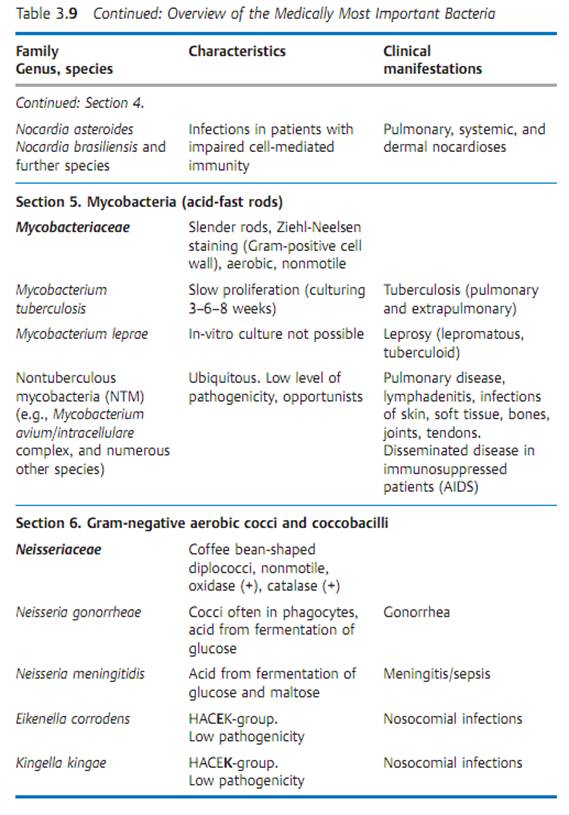
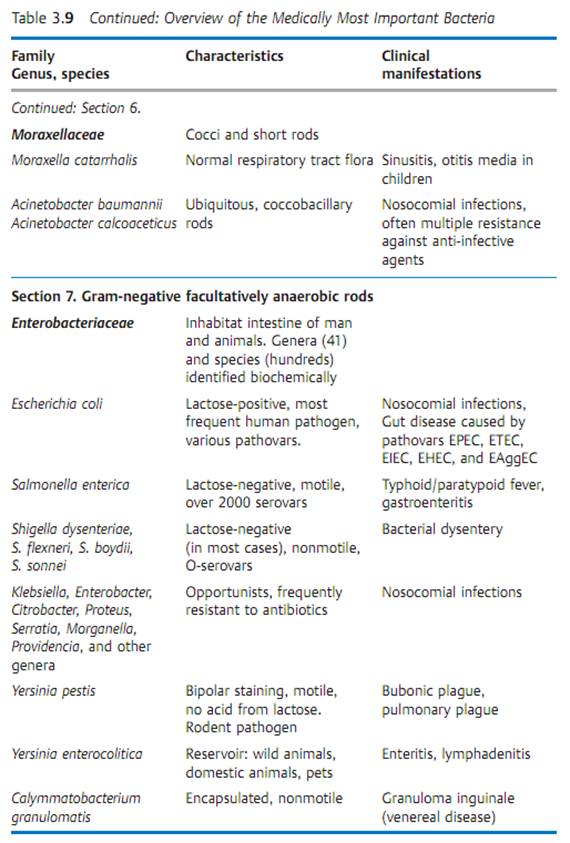
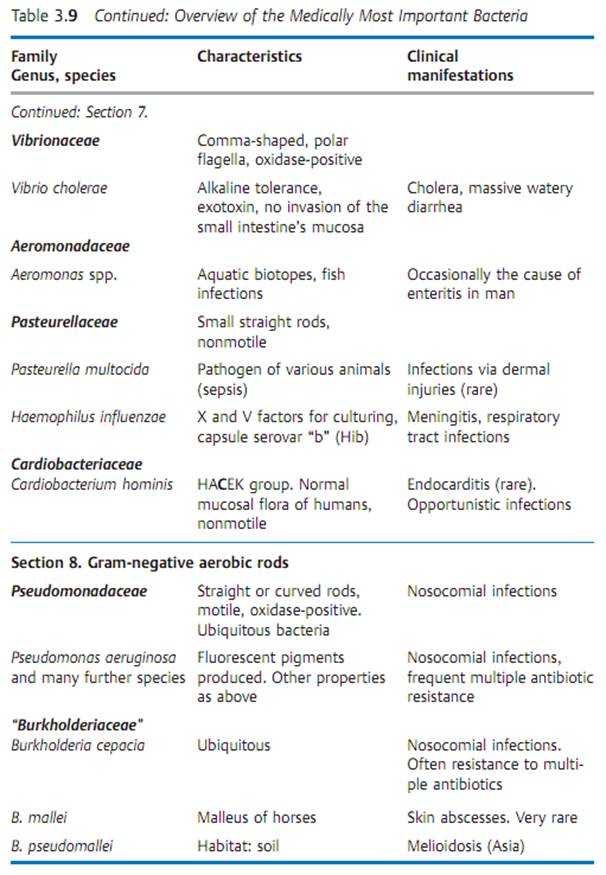
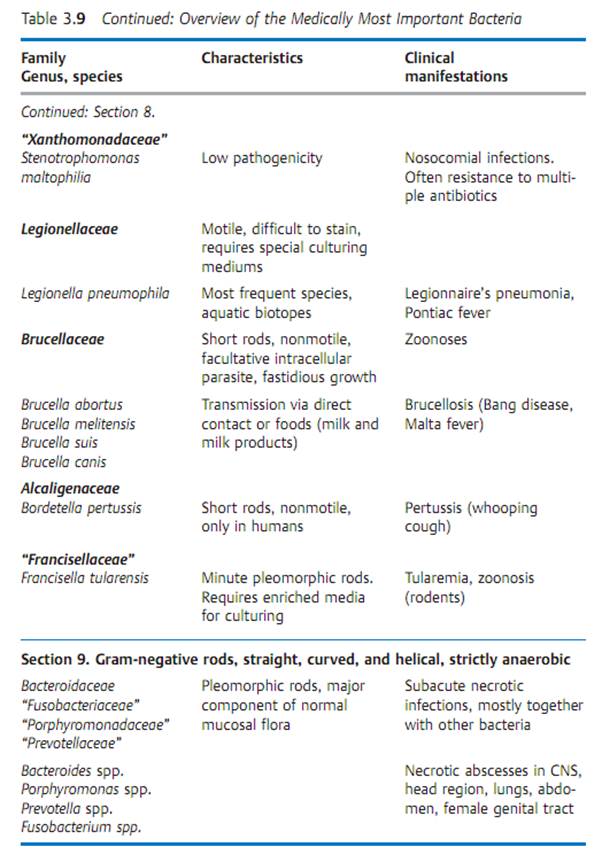
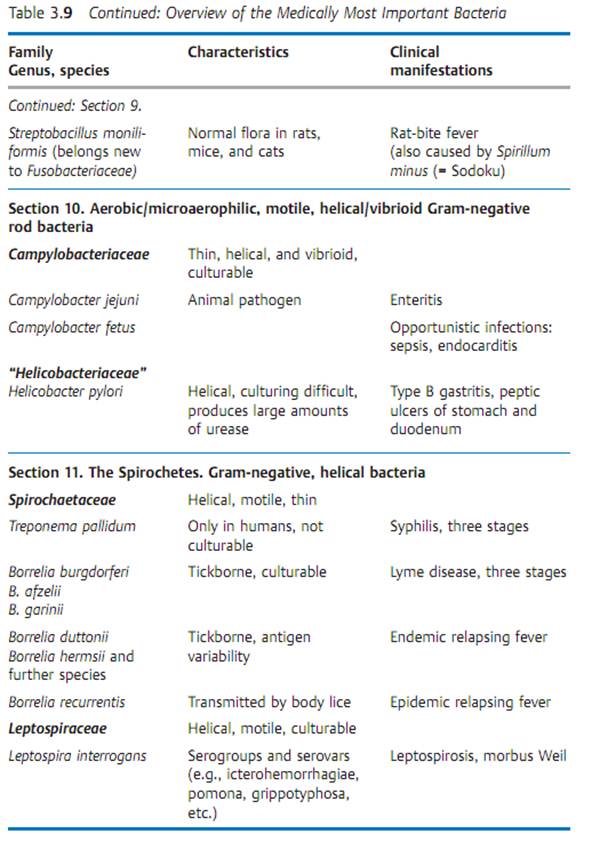
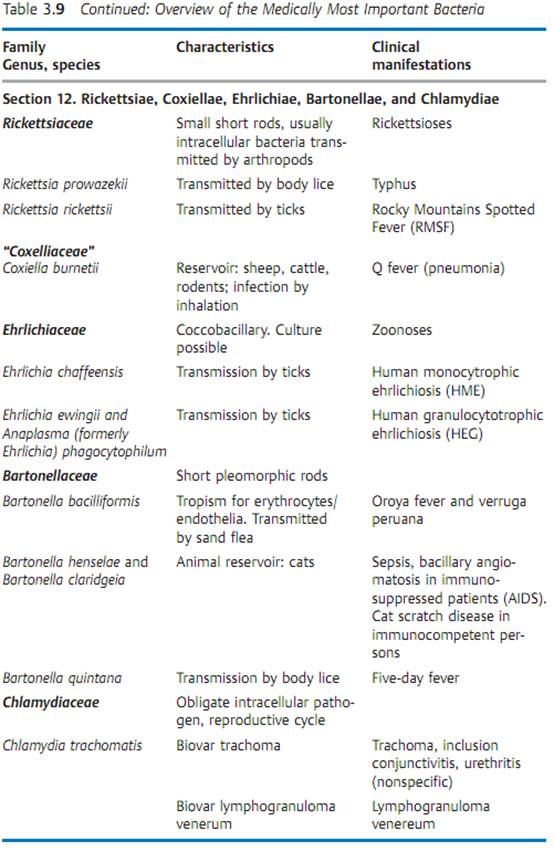
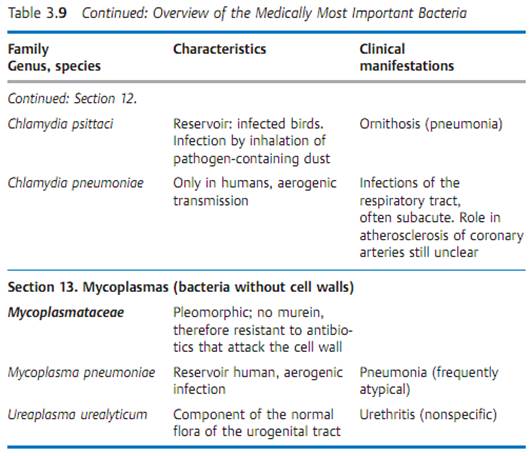
Nomenclature
The rules of bacterial nomenclature are set out in the International Code for the Nomenclature of Bacteria. A species is designated with two latinized names, the first of which characterizes the genus and the second the species. Family names always end in -aceae. Taxonomic names approved by the “International Committee of Systematic Bacteriology” are considered official and binding. In medical practice, short handles have become popular in many cases, for instance gonococci instead of Neisseria gonorrheae or pneumococci (or even “strep pneumos”) instead of Streptococcus pneumoniae.
 الاكثر قراءة في البكتيريا
الاكثر قراءة في البكتيريا
 اخر الاخبار
اخر الاخبار
اخبار العتبة العباسية المقدسة

الآخبار الصحية















 قسم الشؤون الفكرية يصدر كتاباً يوثق تاريخ السدانة في العتبة العباسية المقدسة
قسم الشؤون الفكرية يصدر كتاباً يوثق تاريخ السدانة في العتبة العباسية المقدسة "المهمة".. إصدار قصصي يوثّق القصص الفائزة في مسابقة فتوى الدفاع المقدسة للقصة القصيرة
"المهمة".. إصدار قصصي يوثّق القصص الفائزة في مسابقة فتوى الدفاع المقدسة للقصة القصيرة (نوافذ).. إصدار أدبي يوثق القصص الفائزة في مسابقة الإمام العسكري (عليه السلام)
(نوافذ).. إصدار أدبي يوثق القصص الفائزة في مسابقة الإمام العسكري (عليه السلام)


















